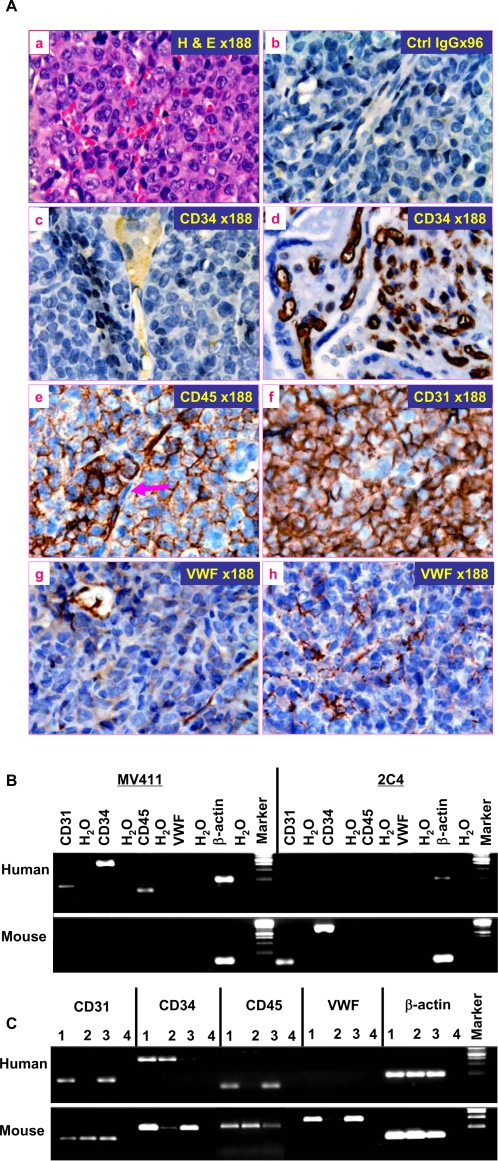Figure 5. Vasculogenic capacity of human tumor cell lines.
Human Leukemia/lymphoma cell line MV411 was injected s.c. into groin of SCID mice (5 ×106/mouse; n = 4). MV411 developed into solid tumor palpable at day 15 of injection and the tumors were harvested 26 days after injection. The tumors were harvested for RNA extraction or fixed in 10% formaldehyde. A, Activity of TVPCs in human tumor cell lines: the sections of xenograft tumors were stained with H. & E. (a) or stained immunohistochemically with rabbit IgG (b) or rabbit anti-human CD34 (c & d), CD45 (e), CD31 (f) or VWF (g & h), followed by HRP-conjugated secondary antibody. In the d, the sections of human placenta were stained as positive control for CD34 in the same slides of c. The arrow in e indicates a CD45-negative endothelial-like cells lining on the wall of a blood vessel. Original magnification of micrographs: ×400 (numbers in the micrographs indicate real magnification shown). B & C, Expression of endothelial-related genes in the human MV411 tumor cells before (B) and after transplantation (C): Before transplantation, the MV411 and 2C4 cells were harvested at log-phase of growth, and extracted for total RNA. The mRNAs from MV411 and 2C4 cells were probed with both human and murine primers specific for CD45, CD34, CD31, VWF and β-actin mRNAs, respectively. Note that murine primers of β-actin cross-reacted to human β-actin, vice versa. The data shown are representative of three experiments. Murine 2C4 cells were used as species specific negative and positive controls for human- and murine specific primers, respectively (B). After transplantation, three MV411 cell-derived tumors were extracted for total RNA as described in A and probed with human and murine primers of CD45, CD34, CD31, VWF and β-actin, respectively. Lane 1∼3: each individual tumor; Lane 4: H2O, used for technical control for RT-PCR (C).

